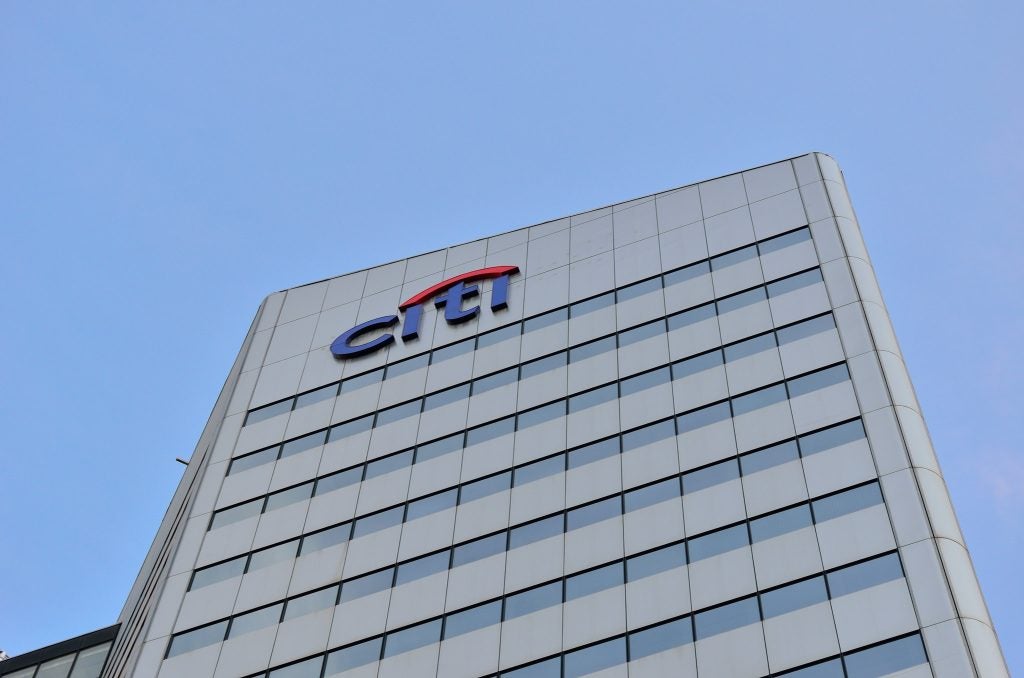 Asia-Pacific is stealing a march on the rest of the world’s
Asia-Pacific is stealing a march on the rest of the world’s
wealth market, now home to the largest number of millionaires.
Umberto Bacchi takes a look at the RBC/Capgemini World Wealth
Report
Asia-Pacific (APAC) is
climbing its way to the top of the world’s high net worth markets
(HNW) powered by China and South Korea, but 2011 saw some of the
region’s rampant growth dulled.
It is now home to the
highest number of millionaires in the world, overtaking a declining
North America, but India dropped out of the top 12 countries – hit
by an 18% drop in its HNW population, and Hong Kong experienced a
similar drop.
This had an impact on HNW
individuals’ aggregate investable wealth globally that slid 1.7%,
which in turn compounded the pressure on wealth managers’ operating
margins.
2012 held mixed fortunes
for the world’s wealthy as a rising population of global HNW saw
their combined wealth eroded.
According to the RBC
Wealth Management and Capgemini 2012 World Wealth Report
(WWR), 3.37m HNWIs live in APAC, 20,000 more than in North America
and a 1.6% increase on 2010. North America is also the only area of
the world where the number of millionaires’ decreased (-1.1%).
How well do you really know your competitors?
Access the most comprehensive Company Profiles on the market, powered by GlobalData. Save hours of research. Gain competitive edge.

Thank you!
Your download email will arrive shortly
Not ready to buy yet? Download a free sample
We are confident about the unique quality of our Company Profiles. However, we want you to make the most beneficial decision for your business, so we offer a free sample that you can download by submitting the below form
By GlobalDataThe ranks of HNWIs rose
by 0.8% globally led by Latin America (+5.4) and Africa (+3.9%).
Most of this growth can be attributed to HNWIs in the $1m-5m wealth
band, which grew 1.1% and represents 90% of the global HNWI
population.
 More millionaires, less
More millionaires, less
millions
The increase in new
millionaires was not followed by a growth in global wealth, the
first time this has occurred in the 16 years the survey has
run.
Total investable wealth
dropped 1.7% to $42trn, marking a $700bn loss.
Despite the fall in its
number of HNWIs, North America remains the wealthiest region in
terms of total assets value with $11.4trn (-2.3% on 2010), APAC was
close behind with $10.7trn (-1.1% on 2010) and Europe recorded
$10.1trn (-1.1% on 2010).
The contraction was
equally distributed across the globe with only the Middle East
experiencing a growth (0.7%).
According to the study,
the drop in global wealth was in large part to do with the losses
experienced by ultra-HNWIs (UHNWIs) – those with at least $30m in
investable assets.
The research found the
global population of UHNWIs declined by 2.5% and their wealth
dropped by 4.9% after having gained 11.5% in 2010.
UHNWIs had more money
invested in higher-risk or less-liquid assets such as hedge funds,
private equity or commercial real estate, which were badly affected
by the high volatility in 2011.
Surprisingly, the country
that saw the greatest increase in its millionaire population was
Ireland. Its number of HNWIs grew 16.8%, showing signs of recovery,
since Irish wealth was badly affected by the financial crisis and
the country was bailed out in 2010.
India and Hong Kong
featured among the countries that witnessed the sharpest loss in
HNWIs ranks.
The slump in the Indian
equity market capitalisation, the falling rupee and investors’
concerns about the country’s political and domestic reform process
contributed to reducing the number of Indian millionaires by 18%,
pushing it out of the top 12 HNW nations. India’s place was taken
by South Korea.
Similarly, the drop in
stock market capitalisation (-16.7%) resulted in Hong Kong’s
millionaire population shrinking by 17.4%. The bulk of the global
HNW population remains concentrated in the US, Japan and Germany,
which together are home to 53% of the world’s millionaires.
 Higher costs, lower
Higher costs, lower
incomes
Despite the different
geographic trends in wealth development, wealth managers all around
the globe shared the same difficulties.
Assets under management
have generally grown since the financial crisis struck in 2008; the
same cannot be said for private bankers’ income.
The cost-to-income ratio
of the global wealth management industry reached 79.8% in 2010, up
from 63.7% in 2007.
According to the WWR, the
higher cost-income ratio reflects wealth managers’ inability to
adapt quickly to new market conditions and to generate significant
fees when interest rates are low and investors are favouring
capital-preservation to capital-boosting.
The report highlighted
that wealth managers need to enhance scalability and to adjust
business models to the geographic and customers’ markets, choosing
which processes and services to standardise and which to
differentiate, to achieve sustainable success.







